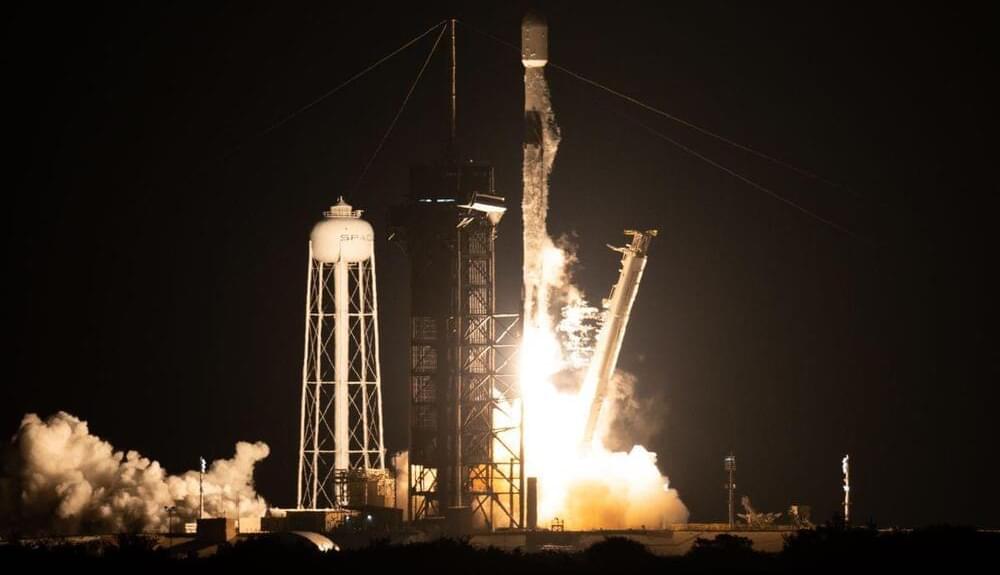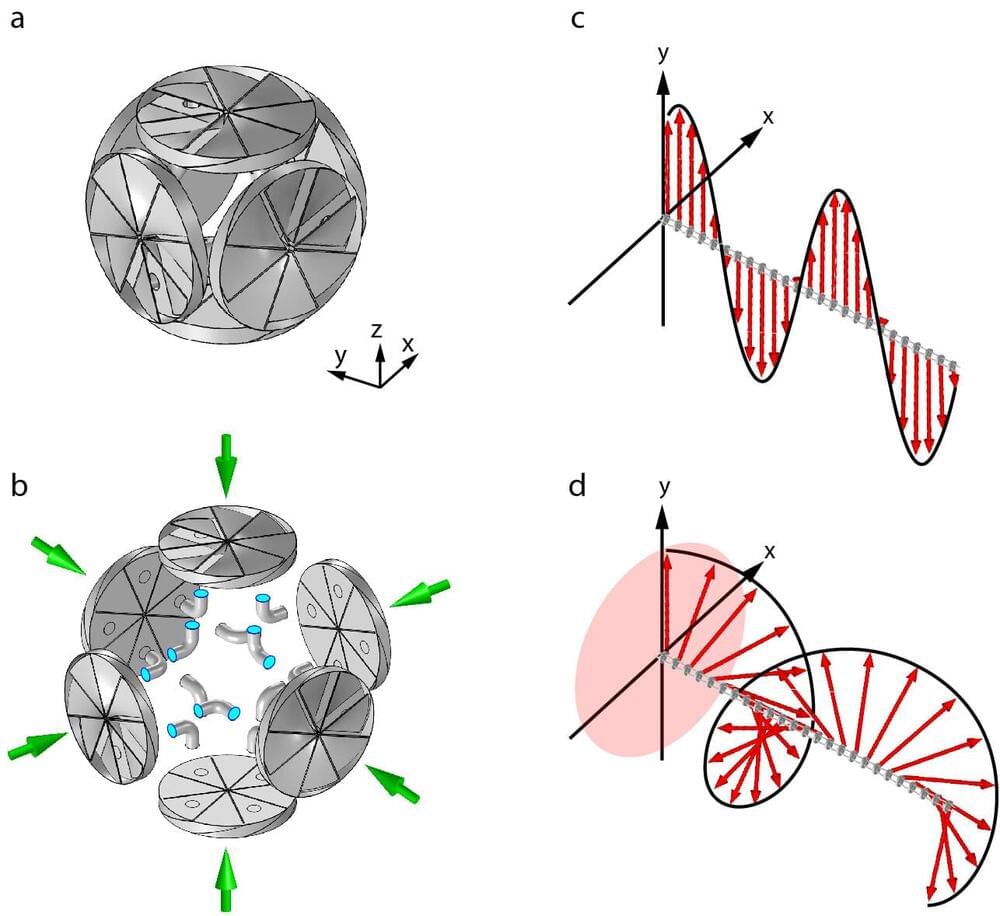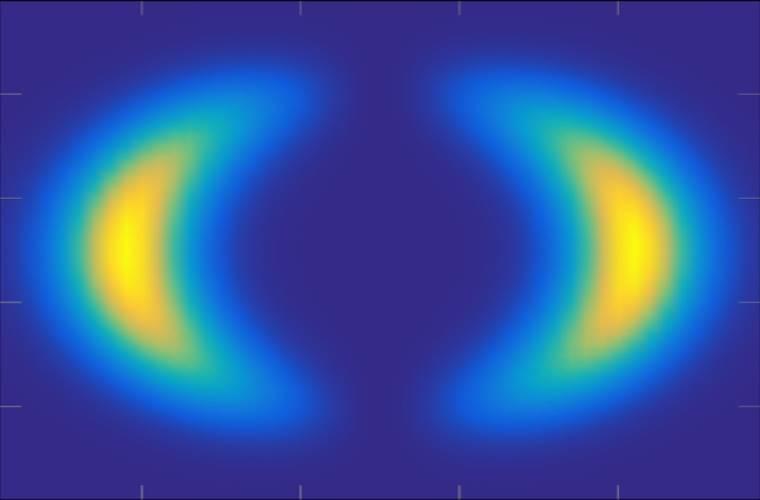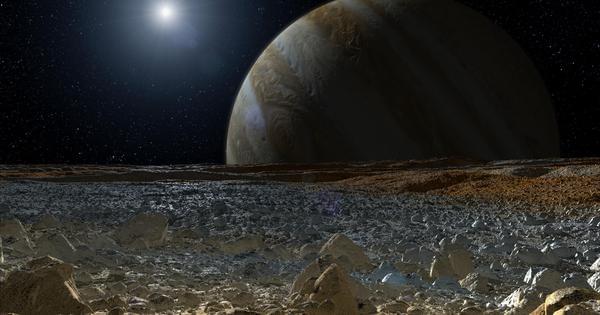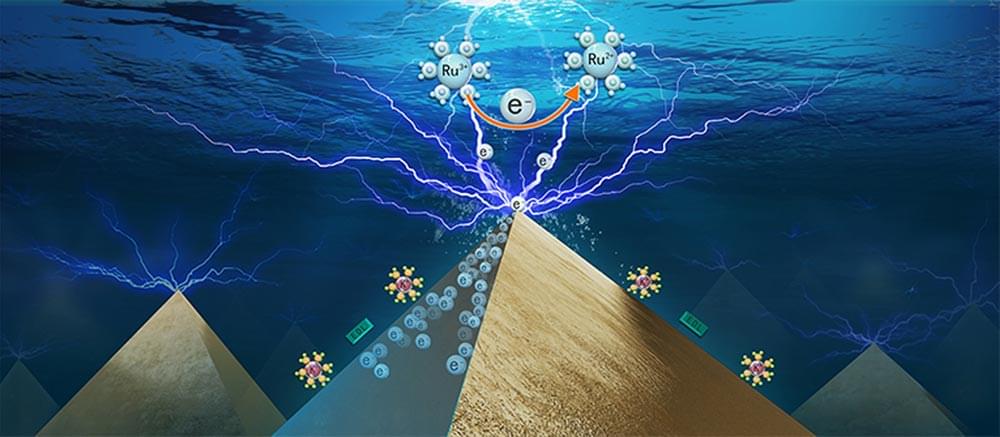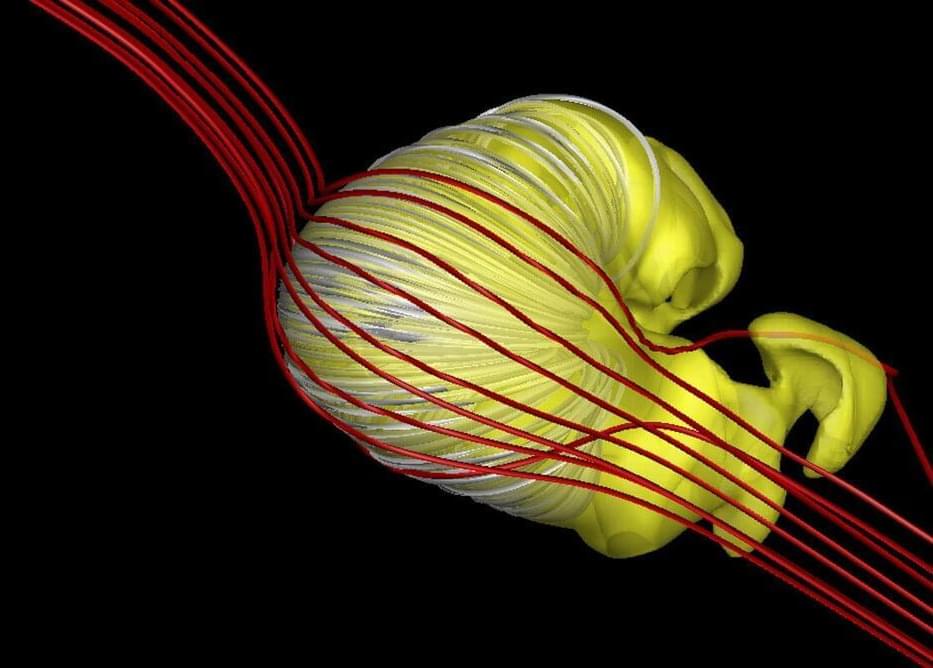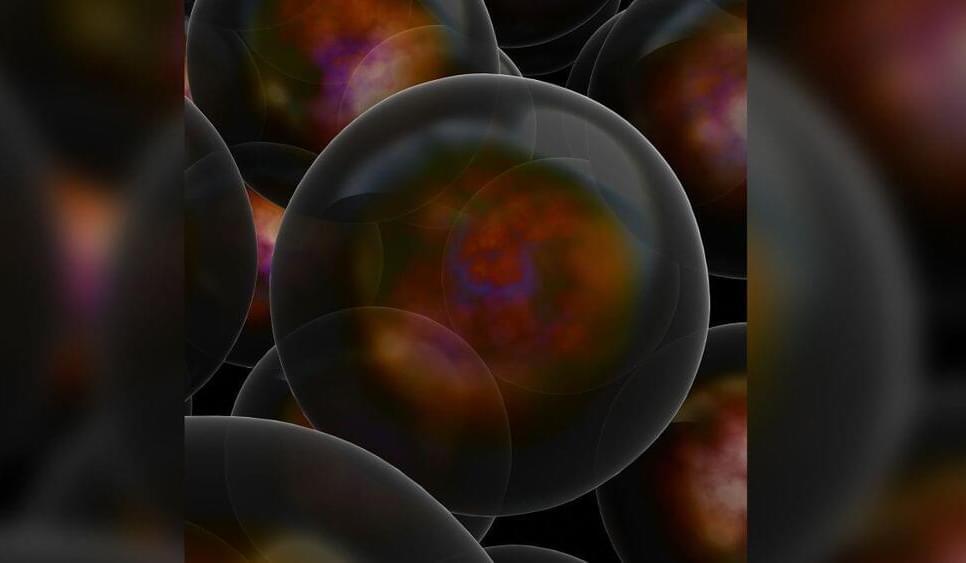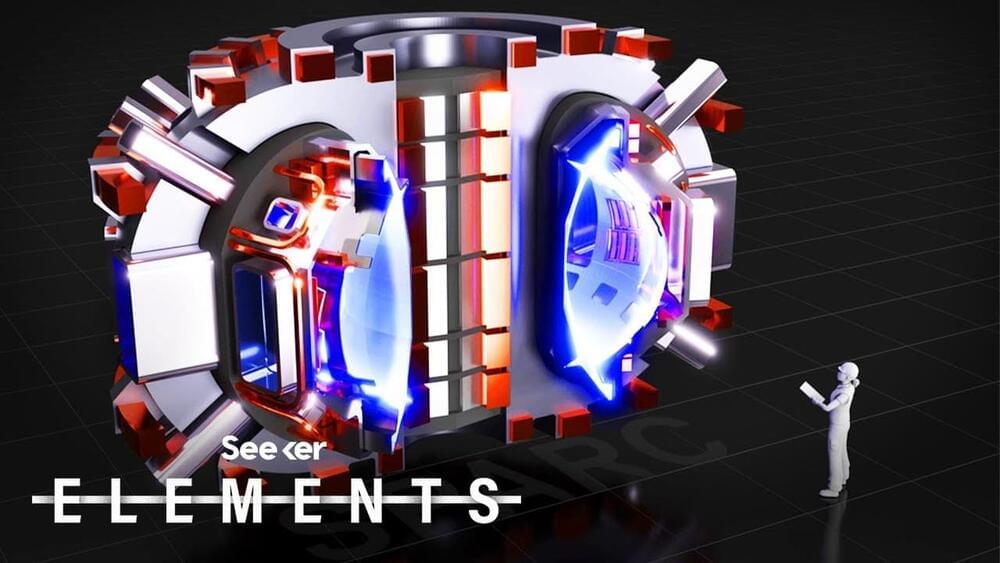Dec 9, 2021
SpaceX Falcon 9 rocket launches NASA’s new IXPE X-ray space telescope
Posted by Genevieve Klien in categories: cosmology, physics
IXPE will probe the physics behind some of the universe’s most dynamic objects: black holes and neutron stars.
CAPE CANAVERAL, Fla. — SpaceX successfully launched its 28th rocket of the year early Thursday morning (Dec. 9), ferrying an X-ray observatory into space for NASA.
A used Falcon 9 rocket blasted off at 1 a.m. (0600 GMT) from Pad 39A here at NASA’s Kennedy Space Center in Florida, carrying the Imaging X-ray Polarimetry Explorer (IXPE). The mission marked the fifth flight for this particular booster.
